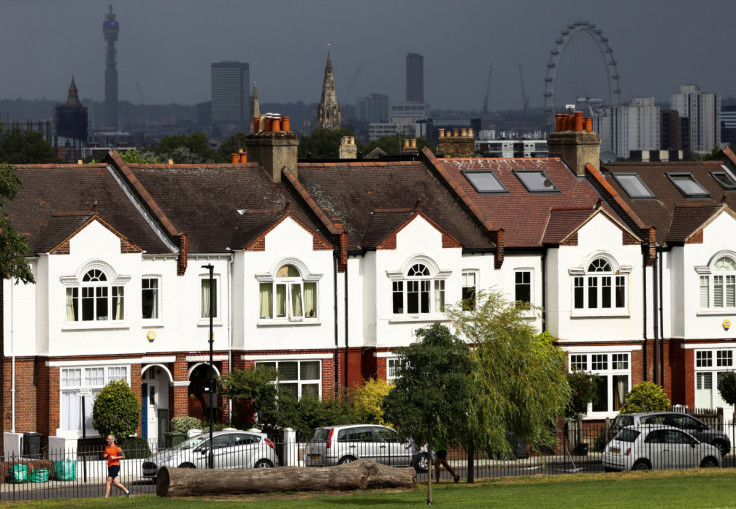Letter Arrives At Recipient's London Address 100 Years Later, Decade Before Queen Elizabeth's Birth

KEY POINTS
- The letter was sent in February 1916 and addressed to Hamlet Road, Crystal Palace in South London
- It had a stamp bearing the head of King George V, grandfather of Queen Elizabeth II
- The letter arrived at the property in 2021 but was only taken to a local historical society recently
A letter written ten years before the late Queen Elizabeth II was born arrived at a flat in London more than a hundred years later.
The letter, sent in February 1916, arrived at its intended address in Hamlet Road, Crystal Palace in South London last 2021, according to a report by CNN.
Finlay Glen, the current occupant of the address, said they were surprised to receive such an old letter.
"We noticed that the year on it was '16. So we thought it was 2016," Glen told CNN. "Then we noticed that the stamp was a King rather than a Queen, so we felt that it couldn't have been 2016."
Realizing the letter was old, Glen said that they deemed it okay to open the letter, which had a stamp bearing the head of King George V, the grandfather of Queen Elizabeth II.
Under the Postal Services Act 2000, opening mail not addressed to the receiver is a crime. However, Glen said he could "only apologize" if he did commit a crime.
"If I've committed a crime, I can only apologize," Glen said, as quoted by the BBC.
According to the occupant, the letter arrived at the property in 2021. However, he has only recently taken it to the local historical society for further research.
Stephen Oxford, an editor at Norwood Review magazine where Glen took the letter, said that the letter was addressed to "my dear Katie," the wife of local stamp magnate Oswald Marsh.
A family friend reportedly penned the letter to Katie. In the letter, Christabel Mennell, the daughter of a wealthy local tea merchant Henry Tuke Mennell, wrote that she felt "quite ashamed of myself after saying what I did," adding that she had been feeling "miserable here with a very heavy cold."
Oxford said the letter could help local historians gain insight into the Crystal Palace, which he said generated a huge influx of wealthy people in the late 1800s.
"It's very unusual and actually quite exciting in terms of giving us a lead into local history and people who lived in Norwood, which was a very popular place for the upper middle classes in the late 1800s," Oxford said, as quoted by the BBC.
"Crystal Palace generated a huge influx of very wealthy people and so to find out about someone who moved to the area for possibly that very reason is absolutely fascinating."
Meanwhile, the Royal Mail said they were uncertain about what happened with the letter.
"Incidents like this happen very occasionally, and we are uncertain what happened in this instance," a spokesperson for Royal Mail said, per the BBC. "We appreciate that people will be intrigued by the history of this letter from 1916, but we have no further information on what might have happened."

© Copyright IBTimes 2025. All rights reserved.





















